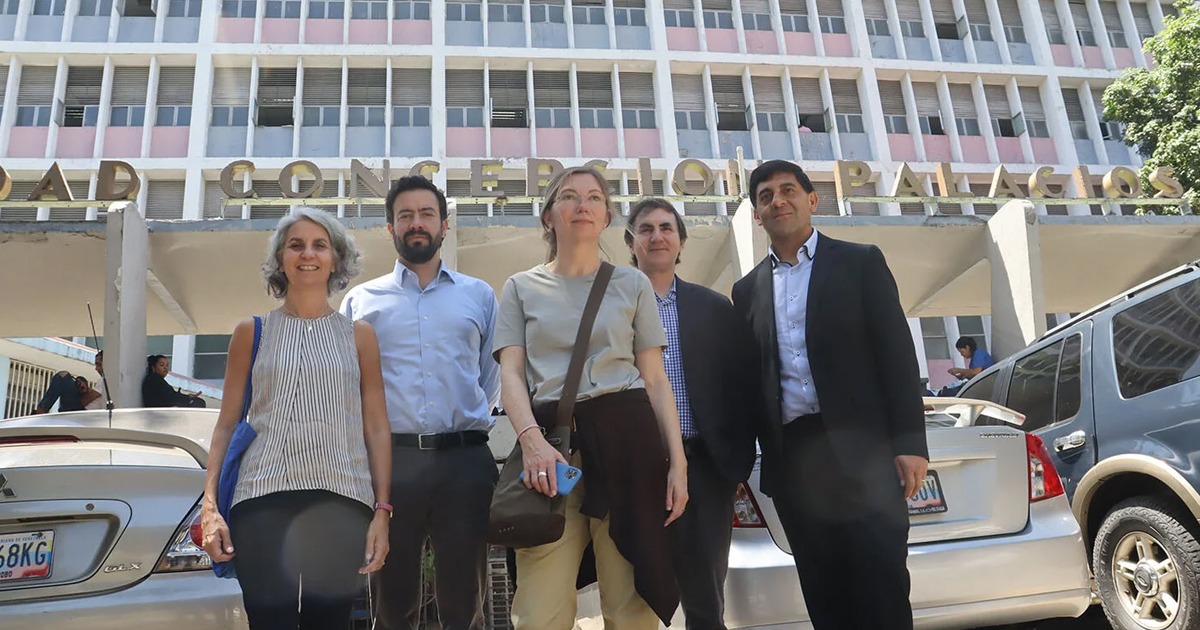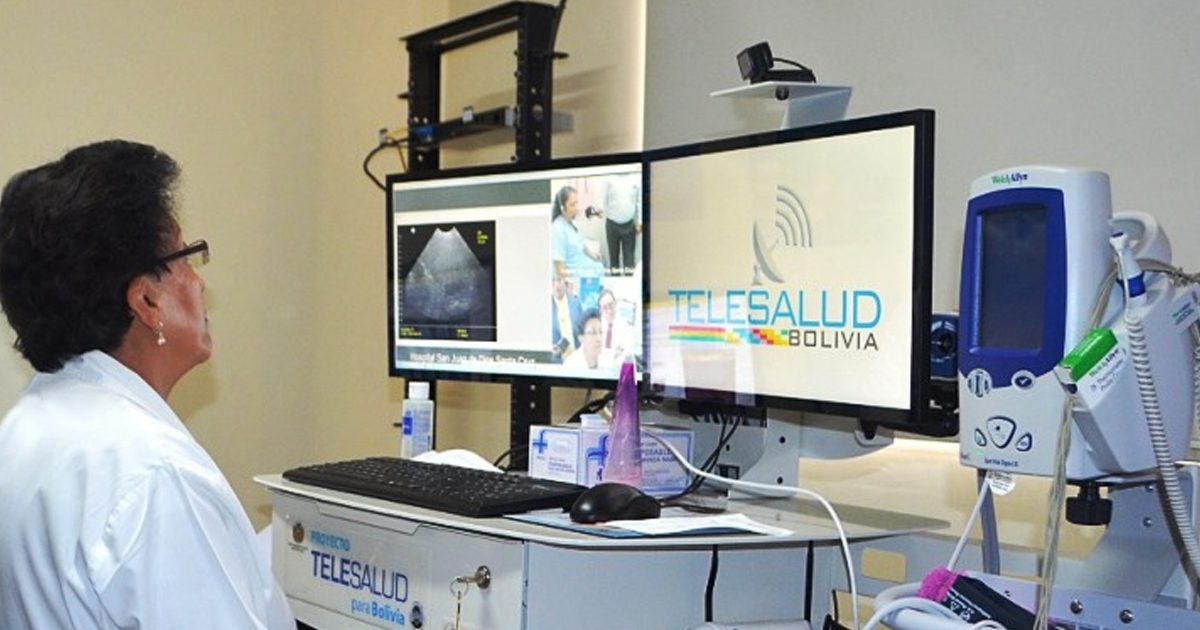Now that the 5G network is entering, coordination between the public and private sectors is essential to create the necessary way to infrastructure work; This high-speed network is able to move data and execute instructions within devices at a unique rate so users will take a step forward in quality of service.
The Global System for Mobile Communications, (GSMA) added Brazil, Argentina, Chile, Colombia, Ecuador, El Salvador, Peru, Uruguay and Mexico to the list of the 59 countries worldwide that will begin their immersion into the new 5G technology; however, some of these countries still in early stages.
Latin America is preparing to open its doors to this wireless speed system: Mexico, for example, expects the Federal Telecommunications Institute to develop its national spectrum plan for 5G services by mid-2019. For its part, Brazil, one of the continental leaders in the telecommunications sector presented last March a new regulatory agenda that seeks to study various frequencies such as 700 MHz, 2.3 GHz, 3.5 GHz, 3.3-3.4 GHz and 26 GHz that support 5G technology.
Colombia, Argentina, Peru, Ecuador, Chile and El Salvador are moving forward with the reordering of the spectrum to open bands in 5G by conducting consultations to plan their wiring of mobile services and restoration efforts to complement the new frequencies and thus support the technology that must be making its way through the continent in early 2020.
There is an important exception in South America, as the government of Uruguay together with the National Telecommunications Administration (ANTEL) announced that the deployment of the network is commercially already done. This makes Uruguay the first country in the region to deploy technology and pioneer its public use.

It is the beginning of a much larger effort on a continental scale as José Otero, vice president for Latin America of 5G Americas, says that "following the example of Uruguay, we will soon see new announcements of 5G networks in the region, bringing more benefits for Latin American users such as higher connection speeds and lower latency in their data services and the Internet".
At the moment 5G technology has been deployed in the town of La Barra (Maldonado department) and in the municipality of Nueva Palmira (Cologne department), but it is expected that in the coming months the operator will deploy the 5G throughout the national territory. The public sale of devices that support this technology has already begun in Uruguay.
5G, rather than the evolution of the connection network, is a full-time engine dedicated to increasing the performance of health activities. And not only that, it will massively link the internet of things in such a way that the waiting time to get results will be null.
We hope this technology will drive the use and growth of digital health platforms in the region.






